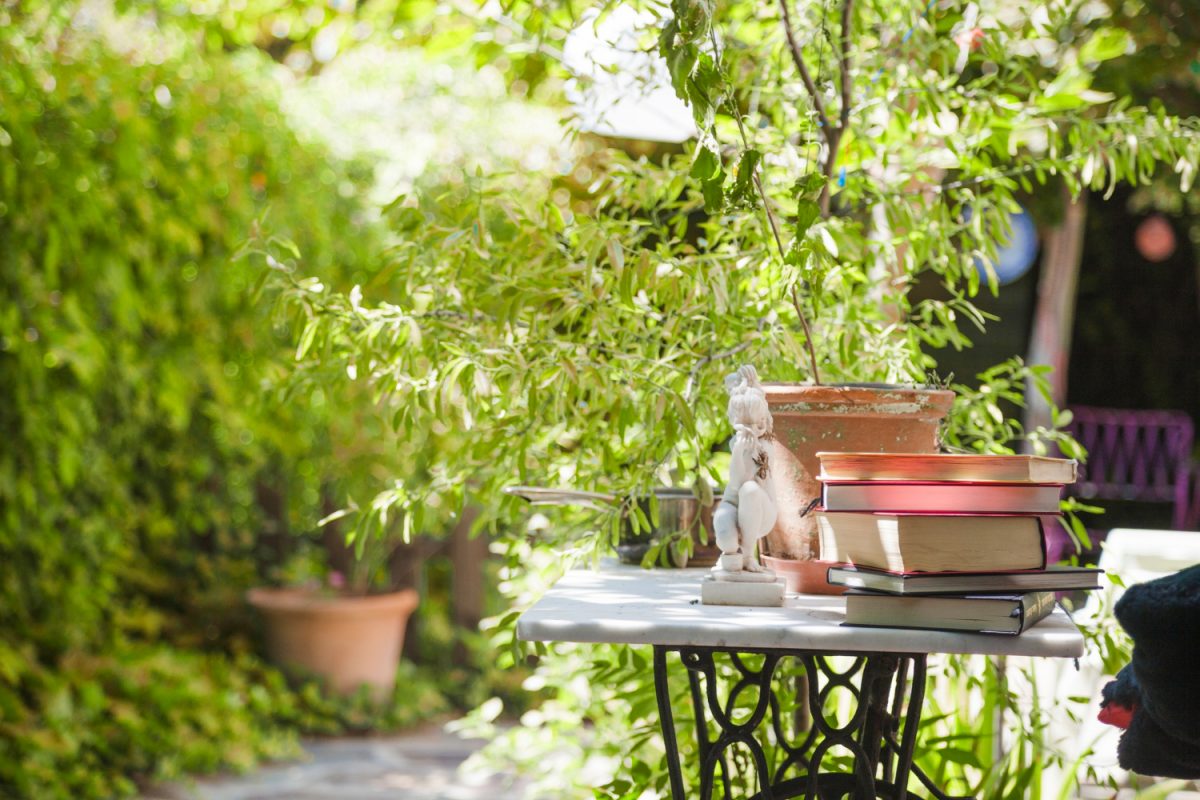
Sponsored article
The first step in garden design is to determine exactly what kind of garden you want. Do you want to decorate a small square by your front door with a few flowers or do you want to create a sprawling landscape? How much time, energy, and money are you willing to spend planting and caring for your garden? Do you prefer plants that require constant care or undemanding ones? Answering these questions will help you refine your idea and create a plan.
Think about the gorgeous pictures of gardens you see in books, magazines, and websites. In almost every case, there is something behind the lush floral display – a fence, a stone or brick wall, a dark green hedge, a mass of shrubs or trees. These backgrounds provide a stable, contrasting base by making our attention focus on the flowers.
If the site you choose for your garden doesn’t have a good backdrop, consider building a simple fence or planting a hedge. A hedge doesn’t have to be a row of tightly cut yews or ligustrums. A somewhat chaotic collection of shrubs, such as calla, syringa kletra, roses and hydrangea, offers a combination of bright flowers, fruit and striking color, as well as a rich green backdrop for a summer show of color.
You can forgo the traditional backdrop and create an island instead. Islands stand alone, surrounded by grass. For an island to be nice and aesthetically pleasing, it must be generally large – but of a reasonable scale to fit the overall space – and it must include tall plants either in the back or through the center. These tall plants provide a backdrop to their lower neighbors and give the bed a look that a small circle of compact plants lacks.
If your spot has also been chosen by moles, mole netting will be the solution to your problem. It is better to protect yourself from a garden that is dotted with mounds.
With the seemingly endless variety of plants available in catalogs and garden centers, how do you choose the few that you have room for in your garden? Consider height, flower color, bloom time, and leaf texture, but a gardener’s overriding concern can be summed up in another question: will this plant grow with me? Plants are living things that have basic requirements to be healthy, just like humans. Provide them with basic conditions and they will thrive. If you ignore them, most of the specimens in your garden will probably die quickly. No matter how good your design looks on paper, it is doomed to failure if the plants you choose are not suited to the growing conditions in your garden.
Because the trial-and-error method can be frustrating and expensive, the best way to find out if a plant will grow in your garden is to talk to other gardeners, read gardening books, and consult specialists
The second factor in determining what plants you can grow is soil type. Most plants grow best in soil that retains moisture fairly well while allowing excess to drain away. Extreme conditions offer sandy soils, which dry out quickly after rainfall or irrigation, and heavy clay soils, which remain waterlogged long after rainfall stops. If you place your garden on hot sandy soil or in a low, poorly drained area, you may have to create a slightly different list of plant species for which the conditions that will exist in your garden will be tolerable.
In addition to planting in the ground, it is of course possible to plant in pots. These can be ornamental plants as well as vegetables and herbs. Therefore, an herb pot or other pot will be an excellent decorative and utilitarian element.